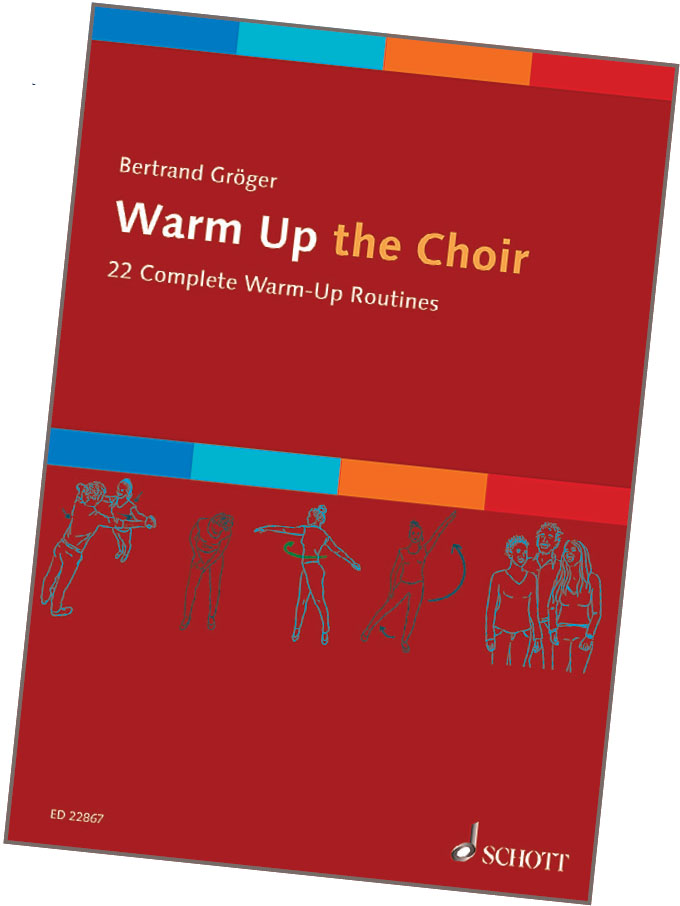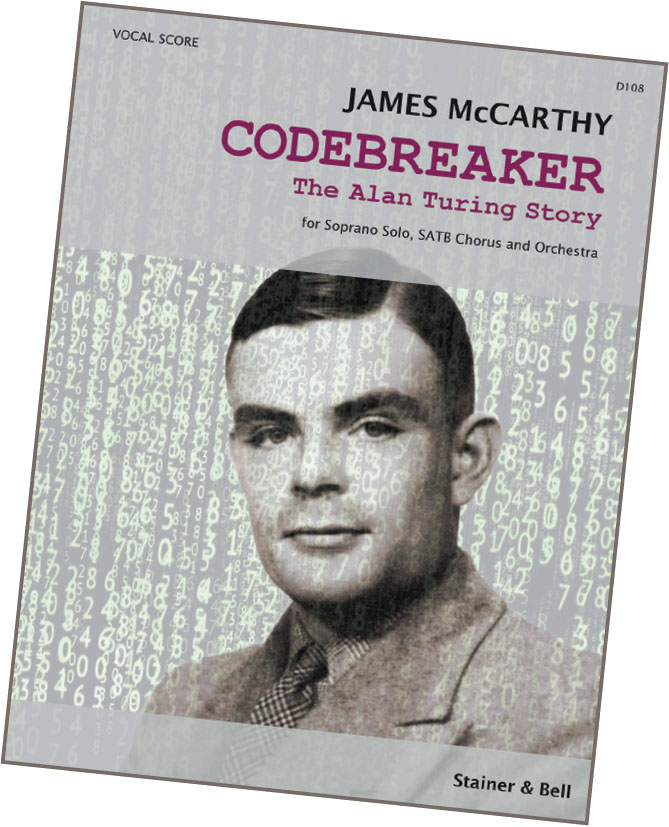
Leshana Haba’a BiYerushalayim (Hebrew Folk Song)
Shawn Kirchner's career is wide-ranging and, in the main, circles around song. Based in Los Angeles, he is a singer and pianist, a composer of choral music, and is also involved in music education. His setting of the folksong ‘Wana Baraka’ was performed at the Queen's Diamond Jubilee in 2012.
This Hebrew folksong was commissioned by the 2011 ACDA Women's Choir R&S Consortium national chair, Iris S Levine. The title, ‘Leshana Haba’a BiYerushalem’ translates as ‘Next Year in Jerusalem’ and the song is often sung during the Jewish festivals of Passover and Yom Kippur. Its words serve as a reminder of the existence of the Jewish diaspora.
Here, Kirchner has prefaced the piece with a section of his own original music, exploring longing and sorrow before hope arrives with the appearance of the folksong. He encourages staging and movement in performance of this piece, including the possibility of expression from dancers.
The music is well-arranged and incorporates a particularly attractive rising chordal sequence. Singers need to be secure in order to handle the semiquaver decorations (which also feature augmented intervals) that move in parallel thirds. Despite this, the work is aimed at easy to intermediate level.

Warm Up the Choir: 22 complete warm-up routines
Bertrand Gröger is an experienced choral conductor in Germany, as well as a composer and arranger of music for the Swingle Singers, the Bamberg Symphony and the WDR Radio Orchestra. He is also a prolific contributor to Schott's music catalogue. Warm Up the Choir, released in 2018, is aimed towards ‘the pop choir, church choir or professional training choir’.
This collection is certainly an excellent idea and provides choral leaders with quick and easy access to a multitude of physical warm-ups and vocal exercises – although a good proportion of these will already be familiar to experienced choral leaders, certainly here in the UK. The book is laid out well, the notation of the musical exercises is adequately set, and the information is immediately accessible without the necessity to read reams of text. The illustrations for the physical exercises – provided by Karo Schrey – are, in the main, clear and self-explanatory. A few of the explanations that accompany the diagrams would benefit from being more precise as well as concise (the ‘voiced tongue clicks’ exercise being one such example), but on the whole are understandable.
The slightly clumsy underside that mars this otherwise well-presented book is perhaps as a result of its translation into English from German. Reading the text in the early pages of the book, there is reference throughout to ‘choirmaster’ rather than choir director or leader, which seems to make the supposition that choir directors are male: there is certainly no place for such a presumption in today's cross-cultural multi-gender sector. Another instance displaying a lack of thought or understanding of the English market appears in the exercise ‘No Nanny, Just Jenny’ on page 43, where the words are: ‘Dear darling, dear daughter, dear doctor, dear dunce’.
This publication is a worthwhile resource for choir leaders. However, perhaps Schott could task a native English editor with cultural awareness and a knowledge of singing to take good care of the editing for the UK market for future print-runs to remove some of my sticking points.

Codebreaker: The Alan Turing story
Mathematician and computer scientist Alan Turing was employed at the Government Code and Cypher School, located at Bletchley Park, during the Second World War. His work there of deciphering encrypted messages saved innumerable lives and helped Britain to go on to win the war. The fact that his efforts went largely unrecognised for some time was down to Turing's homosexuality, which was considered a crime in those years and remained so up until 1967. Rather than receiving accolades and the respect he deserved, he was instead sentenced to chemical castration for what was termed as ‘gross indecency’ in 1952. Just two years later, Turing died and it is widely believed that he took his own life as a result of the inhumane punishment imposed upon him by the state.
Composer James McCarthy felt compelled to tell Alan Turing's story in Codebreaker: ‘The idea that really fascinated me was having one hundred-plus singers embody just one person,’ says McCarthy. ‘I was really interested in the idea that by having numerous voices represent one person you could give something of an idea of the multiplicity of that person's inner-thoughts and personality.’
Codebreaker was commissioned by Hertfordshire Chorus, which then premiered and subsequently recorded the work with the BBC Concert Orchestra. It has since been performed by LGBT choirs in Nashville, Tennessee. The publisher, Stainer and Bell, has taken admirable care with the presentation of this vocal score, with an appropriately designed laminated cover and high-quality paper. The score is easy to open, and the text and typesetting work beautifully.
The music itself sets a collection of texts by Sara Teasdale, Wilfred Owen, Oscar Wilde, Edward Thomas, Robert Burns and Turing himself. The first movement is a huge sing for the choir, in C major, with the performance direction of ‘Ecstatic’. The opening words are ‘We shall be happy’. This is eventually followed (again sung by the choir) with the apology given by the former UK Prime Minister Gordon Brown in 2009 for Turing's terrible treatment at the hands of the very country that he had worked so hard to save.
The one character in the piece who appears as a soloist is not, as one might imagine, Alan Turing, but rather his mother, who acts as narrator.
‘The most important thing for me with this piece,’ says McCarthy, ‘was to present a picture of Alan Turing as a living, breathing human being, rather than as a distant icon. That is why it was important for me to have the role of his mother at the centre of the work. This allowed me to show Turing as the inquisitive, special child that he was, and also to show the personal grief and mourning that she felt at his death. I wanted the audience to feel as though they had spent 50 minutes in Turing's company, and to leave with the feeling of what a remarkable man he was.’
This fabulous composition sets music with high rhythmic energy and textural interest alongside beautiful sonorous movements, such as the chorus ‘Song of Songs’, which has a sublime melody and rich choral writing, as has ‘Deep in the night’. The choral writing doesn't always make for an easy sing, particularly for amateur chorus, as the tessitura lies quite high in places. But the results are well worth the hard work and physical effort. ‘A mother's lament for the death of her son’ for solo soprano is deeply and profoundly heart-rending as it speaks of how Turing fell in love with a boy at school, Christopher Morcom, described as ‘the love of his life’. With more beautiful writing in the final movement, ‘If death is kind’, the entire work ends with a kind of ravaged hope, on the words ‘for the dead are free’.
McCarthy's musical language really speaks on a level with the human soul and manifests a deep understanding of the human condition and all its complexities. Perhaps this work will one day take its place beside the major choral greats such as Britten's War Requiem, Walton's Belshazzar's Feast, Elgar's The Dream of Gerontius and others.








